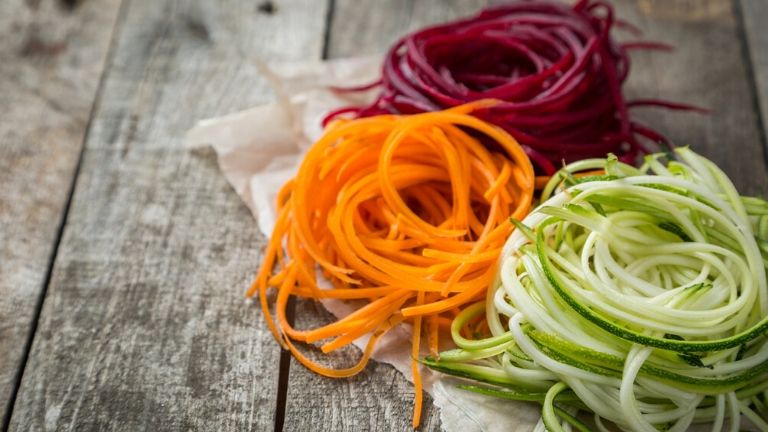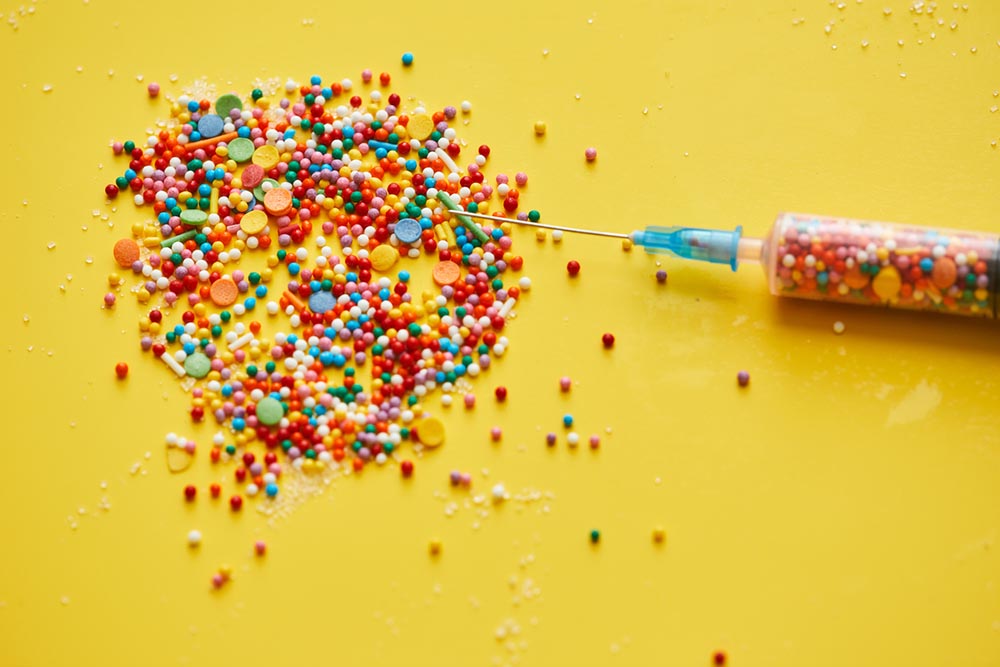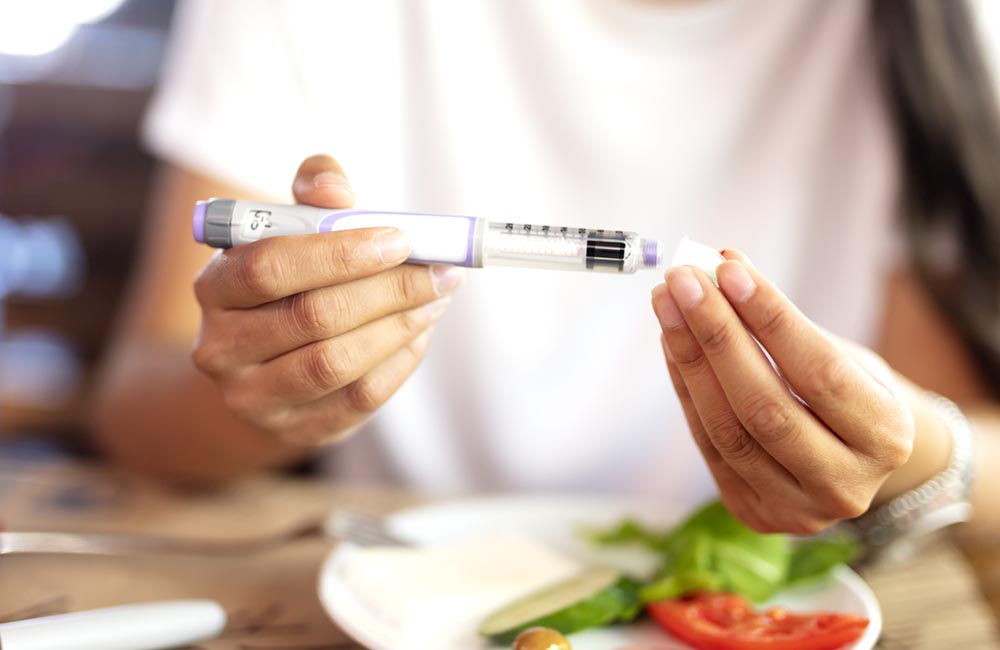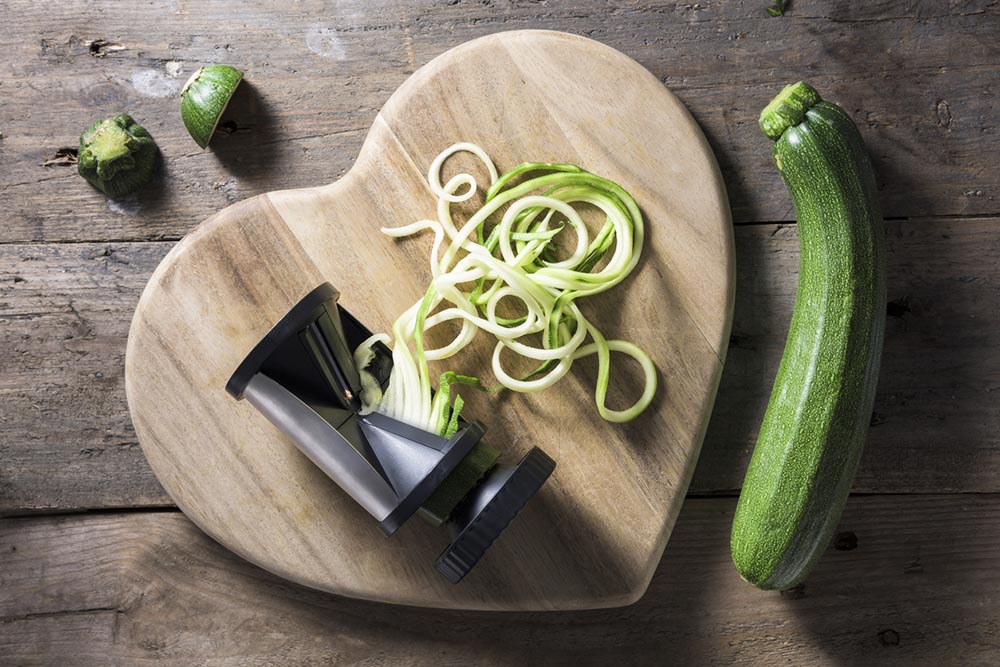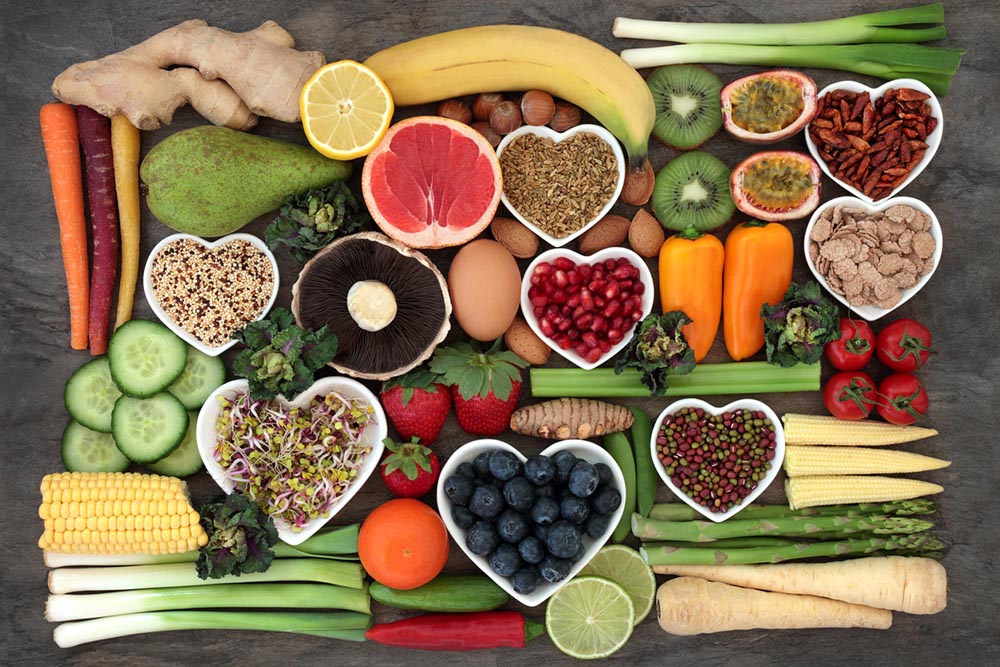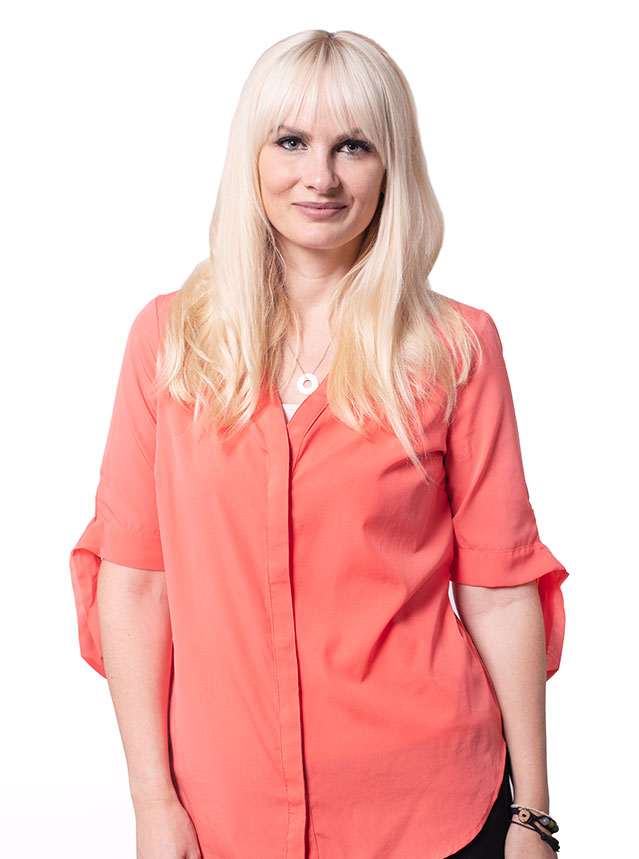Do low carbohydrate diets really help with diabetes? And what’s the best way to eat for it? New Healthista medical columnist Doctor Gemma Newman, @plantpowerdoctor explains
More people than ever before have diabetes and if nothing changes, more than five million people will have diabetes in the UK by 2025.
In fact, currently there are 4.7 million people in the UK who have diabetes and someone is diagnosed every two minutes.
According to Diabetes UK, more people than ever are at risk of Type 2 diabetes and around 90 per cent of people with diabetes have Type 2.
Currently there are 4.7 million people in the UK who have diabetes
As a result, more than 500 people with diabetes die prematurely every week and at least 10,350 people in the UK have end stage kidney failure.
The results are truly shocking.
Whats more, over 1,700 people have their sight seriously affected by diabetes every year in the UK. As well as, 530 heart attacks, almost 2,000 cases of heart failure, 169 amputations and 680 strokes.
This dramatic increase in obesity is the main reason there are so many more people living with Type 2 diabetes today than there were just 20 years ago. In 1996 there were 1.4 million people diagnosed with diabetes. In 2019 there are 3.8 million.
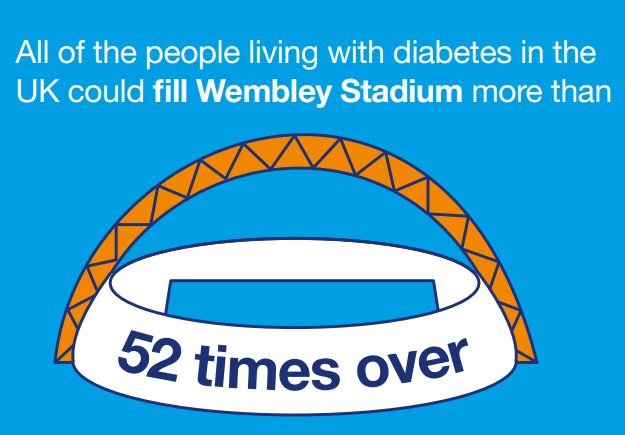
Unfortunately, genetics is one of the main reasons you are likely to suffer from diabetes. In fact, you are two to six times more likely to get Type 2 diabetes if you have a parent, brother, sister or child with diabetes, says Diabetes UK.
Your risk of diabetes also increases with age. Diabetes UK suggests that you are more at risk if you’re white and over 40, or over the age of 25 if you are African-Caribbean, Black African, or South Asian.
But as well as genetics, your lifestyle choices can also affect the development of type 2 diabetes. A lack of exercise and physical activity can make you more susceptible, as well as being overweight or obese and eating an unhealthy diet.
A diet full of high-fat and high-sugar foods that are lacking in fibre and vitamins will significantly increase your likelihood of type 2 diabetes.
Because of this many people who suffer from diabetes believe they need to cut out food sources that contain carbohydrates as these have been given a bad name in the past and are known to increase blood sugar levels.
Plus, giving starchy carbs a wide berth has become synonymous with staying slim.
Carbohydrates are a major food group and consist of sugars, starches and fibre rich foods. So although donuts are ‘carbs’ they are really refined sugar with fat mixed in too. Whole foods carbs are fruits, veggies, whole grains and beans for example.
So it is helpful to think of real foods over carbs so we can understand what real foods to eat. All carbohydrate foods can provide glucose (also known as blood sugar) which provides energy to the body and is the fuel that your brain prefers.
So we can see that glucose is therefore important and so are healthy carbs. We need carbohydrates for fuel and energy, and studies seem to indicate for we also need them for longer, healthier lives.
Many people try low carb diets for weight loss and for diabetes control – and short-term studies show this can work – primarily because of calorie restriction (you’re simply eating less) and cutting the amount of sugar in the bloodstream that the body has to deal with.
That is why many people who suffer from diabetes think it is wise to adopt a diet low in carbohydrates in an attempt to balance their blood sugar levels.
But is that really what’s best?
New Healthista medical columnist Dr Gemma Newman explains the low down on what diabetes is and what food choices those who have it should be making…
What is diabetes?
For those of you who aren’t too sure what the difference is between Type 1 and Type 2 diabetes – listen up.
Type 1 diabetes is a condition where the body stops making insulin. This is because the cells where insulin is made (pancreatic Beta-cells) have been destroyed, usually by the body’s own immune system.
So, why is this important I hear you ask? Well, insulin is a hormone with lots of uses, but its main role is to transport glucose from the blood into many of the cells in our body.
When the body is no longer able to use insulin to transport glucose, fatty acids or proteins, it will shut down fast. That’s why without insulin injections, Type 1 diabetics would not be able to survive for very long.
However, with some diet changes, Type 1 diabetics can reduce their insulin needs and increase their longevity.
Type 2 diabetes is different though and is caused primarily by insulin resistance. This is when the pancreas, whose job it is to make insulin to process glucose, can’t make enough insulin, and the cells no longer respond to it very well, and so glucose is trapped in the bloodstream instead of being used for energy.
Over time, many Type 2 diabetics find their tired pancreas is worn out from going into overdrive for a number of years, trying to make more insulin (responding to high blood sugars) and eventually it will stop working properly.
This is why diabetes often progresses over time, and why some people ultimately need insulin.
Most Type 2 diabetics do not end up needing insulin, and can improve their glucose sensitivity or their pancreatic overload through diet changes, or they can use medications to improve their blood sugar levels.
Why does insulin resistance happen?
Insulin resistance starts in the muscle cells and the liver cells. This is what ultimately causes Type 2 diabetes- sometimes many years after the process has begun.
Normally glucose can go into the muscle cells to power them, and the liver cells for energy and for storage as glycogen.
The brain also uses glucose as its main fuel. But remember glucose cannot get there by itself, it needs insulin to ‘give permission’ for it to enter into the cells.
If you are insulin resistant and your cells are filled with fat, sugar that you eat will make your blood sugars rise
If you are insulin resistant and your cells are filled with fat, the sugar that you eat will make your blood sugars rise because it gets stuck in the bloodstream.
You see, insulin acts like a key in the lock. It attaches to receptors on the cell membrane, which opens little channels in the cell to let glucose in.
But for some people this process doesn’t work. They have plenty of insulin, glucose is attaching to it, but it is like a key that isn’t opening the lock. The lock is jammed.
How? Tiny fat particles build up inside the cells – intra-myocellular lipid – they disrupt the signalling for the insulin keys and prevent them from being able to attach to the receptors properly.
The result? Glucose is stuck in the bloodstream, causing toxicity to your blood vessels and your nerves.
If you are insulin resistant and your cells are filled with fat, sugars that you eat will make your blood sugars rise very high.
You will then blame the banana you just ate for your blood sugar rise, not the chicken salad you ate before it. This can happen to anyone at any age.
So what do we do to help?
Calorie restriction works – but leaves people feeling hungry. Favouring meal replacement shakes over real food can lead to some weight loss, but how appealing is that really? ‘Low Carb’ diets also help, but longer term we may risk increasing insulin resistance with this approach.
Generally healthy lifestyles with good sleep, stress reduction, meditation and exercise are all very beneficial too. But what has the potential to improve – or even reverse – type 2 diabetes long term?
A whole foods plant based lifestyle. Reducing or eliminating animal fats and vegetable oils will dissipate the fat inside the cells, allowing the insulin key to work again and let glucose into the cell where it is needed for energy. It’s that simple.
It usually only takes a matter of days for your pancreas to wake up, your cell receptors to work again and for your glucose sensitivity to rise.
This should be done with careful monitoring of your blood sugars if you are on tablets or insulin, because it is likely to cause a dramatic drop in circulating blood sugar. It will be important to see your doctor to talk about reducing your oral medications if you are on them, and reduce your insulin requirements too.
Amazingly, with diet changes, it is possible to actually reverse some of these changes, and take back control of your health.
Will a low carb diet help reverse diabetes?
The benefits of ‘high fat low carb’ eating patterns are well known for weight loss, reducing cholesterol, and improving average blood sugars.
The main reason for these benefits, is that they reduce the carbohydrate load that your pancreas has to deal with. The loss of the sugar spike means that less insulin is produced.
When people have lower blood glucose, they start losing weight and they reduce their circulating insulin. They then are happy that they feel better, and their diabetes blood tests are looking better, which reinforces this way of eating.
But be warned, this is not a long-term strategy for health. Glucose is a bit like petrol for the body. A low carb diet is a like a rag in the petrol tank stopping you from putting in fuel – the car will run well for a while but you can eventually drive into problems.
Carbohydrates are usually half or more of the average person’s diet, if you take out these foods, (not just the unhealthy snacks), rice, fruit, beans, pasta and bread, chances are you will lose weight as a net effect of reducing caloric intake.
But what are you replacing these foods with? If you make up for it with meat and cheese, you won’t lose any weight. Studies show that the only low carb eaters who lose weight are the ones who are reducing their overall intake of calories.
More worrisome is what happens in the blood. If you lose weight (however you do it) typically your cholesterol will drop too.
But this doesn’t necessarily happen when on a low carb diet, where about a third of people eating this way actually have a rise in their lipid profiles.
A study published in the British Journal of Nutrition in 2012 showed that a low carbohydrate high protein and high-fat diet STIFFENED peripheral arteries, which made the small blood vessels less responsive, and less able to swell and constrict. This increased the risk of heart disease, high blood pressure, heart attacks and stroke.
Similarly, the only study to directly compare the coronary arteries of patients on a healthy low carb diet vs a healthy high carb diet showed significantly reduced blood flow to the heart (the coronary arteries) with the low carb diet.
Long term, this means mortality risk in low carb dieters (focusing on animal sources of protein over plant proteins) is also going to be greater too.
So my advice is that although low carb diets can be beneficial for diabetes, they are not a long-term solution. Instead focusing on increasing the amount of whole plant food and healthy carbohydrates is far more healthy.
So what should we be eating to reverse diabetes?
The optimal eating pattern to lessen the effects of diabetes – or even reverse the diagnosis is a whole foods plant based lifestyle approach, with foods rich in fruits and vegetables, legumes and whole grains of all varieties.
Here’s what you can be enjoying:
- Fruit – think of the colours of the rainbow. Apples, pears, oranges, grapefruits, mandarins, lemons, limes, nectarines, apricots, tomatoes, peaches, plums, bananas, mangoes, kiwis, watermelon, galia melon, passionfruit and so many more…
- Berries -. Strawberries, blackberries, cranberries, grapes (yes, grapes!) and more exotic berries such as acai and goji.
- Vegetables – all colours and types. Asparagus, sweet potatoes, yams, potatoes, onions, garlic, aubergines, courgettes
- Greens – salad such as lettuce, spinach, collard greens, as well as celery.
- Cruciferous vegetables. Broccoli, kale, cauliflower, sprouts.
- Seeds (especially flax and chia seeds). Sprinkled on hot meals, or over salads, porridge oats, soy milk or nut milks.
- Whole grains – including brown rice, wholemeal wraps, brown wholemeal bread and wholemeal pasta. Some people initially respond well to reducing the gluten content of their food. This will involve things like rye bread, lentil flour penne, brown rice flour pasta, buckwheat noodles, brown rice, gluten free oats.
- Nuts of all varieties (not salted), especially walnuts, brazil nuts and almonds.
- Legumes – beans including reduced sugar and salt baked beans, kidney beans, black beans, haricot beans, butter beans, broad beans, edamame, green peas, green beans tofu, lentils and chick peas.
- Herbs and Spices – cumin, coriander, basil, chilli, smoked paprika, turmeric, cinnamon, mixed spices.
- Ensuring a B12 supplement such as VEG1 will also be important – many diabetics especially those on metformin – have trouble absorbing B12, and plant based eaters should buy a supplement to ensure a good supply.
Remember – share your results with your doctor so your meds can be optimised and they can feel inspired by the changes you have made.
Dr Gemma Newman has worked in medicine for 15 years and is the Senior Partner at a family medical practice where she has worked for 10 years.
She studied at the University of Wales College of Medicine and has worked in many specialities as a doctor including elderly care, endocrinology, paediatrics, obstetrics and gynaecology, psychiatry, general surgery, urology, vascular surgery, rehabilitation medicine and General Practice.
Relevant Healthista content:
5 quick and easy low-carb recipes you will LOVE
Other Healthista content you might like:
Lip fillers: I went to London’s most famous lip doctor and this is what happened
10 new anti-ageing treatments and exactly what their results look like
Got the winter blues? Try these 7 mood boosters from this world leading eco-spa
The new Baby Botox – this is exactly what happens to your face
Like this article? Sign up to our newsletter to get more articles like this delivered straight to your inbox.



